Love looking fab, but worried about plastic in your clothes? Well, here's the thing: so many a stylish outfit comes with a hidden plastic cost. Those small tags, stretchy fabrics, and plastic buttons may not seem much on their own, but add up to a lot when you consider how much plastic wreaks havoc in fashion.
Don't sweat! You can still look amazing while being kind to the planet. Eco-friendly fashion has got you covered for cool clothes made from natural materials like cotton, linen, bamboo, and hemp!
Fashion's Plastic Problem
When we think of plastic in the context of fashion, we almost immediately leap into synthetic fabrics. Well, it is not restricted there; it is hiding in less visible parts like labels, buttons, and zippers. Plastic—visible or hidden—is responsible for a big part of this growing environmental pollution problem because of fashion items containing plastic components.
Those items end up in landfills, where they might take hundreds of years to decompose. This 'hidden plastic burden' thereby increases the overall impact of the fashion industry, a fact that shoppers are very aware and thoughtful about.
Sustainable Fabrics for Eco-Conscious Shoppers
-
Cotton:
Soft, breathability, biodegradable
-
Linen:
Lightweight, durable, requires less water to grow
-
Bamboo:
Fast-growing, antibacterial, biodegradable
-
Hemp:
Strong, versatile, grows with minimal use of pesticides
Eco-friendly fashion accessories:
A huge difference can be made when choosing fashion accessories through the use of eco-friendly materials. The tags should be of cloth and not of plastic. Buttons should be of fabric and not plastic.
Accessories of natural materials like wood or metal reduce plastic dependency. These minor adjustments to your wardrobe would develop into a more sustainable one, and add the X-factor to your outfit. Eco-friendly accessories further minimize your impact on the environment while keeping your fashion choices chic and conscious.
Benefits of Sustainable Fashion
-
Reduces waste:
Natural materials are more easily decomposed, hence reducing the amount of landfill waste
-
Lower environmental impact:
Most sustainable fabrics use less water and fewer chemicals.
-
Supports ethical practices:
Many sustainable brands focus on fair trade and ethical production
-
Promoting long-term value:
High-quality sustainable garments are often long-term
How To Spot A Sustainable Fashion Brand
As you start building your wardrobe with eco-friendly and socially sustainable fashion, you should get familiar with what makes up a good sustainable brand. First of all, look for certifications: GOTS (Global Organic Textile Standard) or OEKO-TEX assure that the products meet certain environmental and ethical standards.
Second, inform yourself about the orientation of the brand about sustainability in their sourcing of materials and processes used in making them. Transparency in what they do and a clear focus on minimizing their impact on the environment usually tend to imply credibility. These brands not only love fashion but also work toward making the fashion industry more sustainable. It makes a difference and brings positive change.
Sustainable Fashion Trends to Watch
With new trends and innovations coming, the world of sustainable fashion is rapidly on the increase. Zero-waste fashion, for example, is a trend whereby designers try to come up with garments that give very minimal fabric waste, and upcycling of materials gives a new life to old items.
Another development that is a joy to know is the incorporation of plant-based dyes and eco-friendly printing processes, which are reducing the amount of chemicals used in these processes. Bring up to date on these trends to keep looking chic, as well as eco-friendly, for the health of our planet.
The Role of Conscious Consumption
-
Mindful purchases:
Quality over quantity to cut down on waste
-
Repair and Reuse:
Extending the Life of Your Clothing
-
Donation and recycling:
Ensure that your discarded garments get a second life or are properly recycled.
-
Get informed:
Keep yourself up to date about the latest on sustainability and new materials.
Conscious consumption is one of the prominent ways to foster more sustainable fashion. Making thoughtful purchasing decisions and investing in quality can help you generate less waste and lessen the potential environmental damage your wardrobe can cause. Repairing and re-wearing lets the clothing last longer, thus keeping it away from landfills.
Donating or recycling old garments reduces waste and feeds into circular fashion practices. Staying current with sustainability practices and knowledge about materials ensures you are making informed choices and increases your impact toward a more sustainable fashion industry.
Conclusion
At Brown Living, we believe in making sustainable fashion easy, and stylish. Thus, you will look fabulous while being kind to the planet with our eco-friendly collection of clothing and accessories that encompasses natural fabrics such as cotton, linen, bamboo, and hemp.
With purchases, customers are doing much more than just supporting a more sustainable fashion industry; they also aid in reducing plastic waste and environmental pollution. Shop sustainable fashion today in a wardrobe that exudes both style and a commitment to the environment. Join the change with Brown Living for fashion that aligns with your values and a greener future.
Check out Sustainable Fashion:



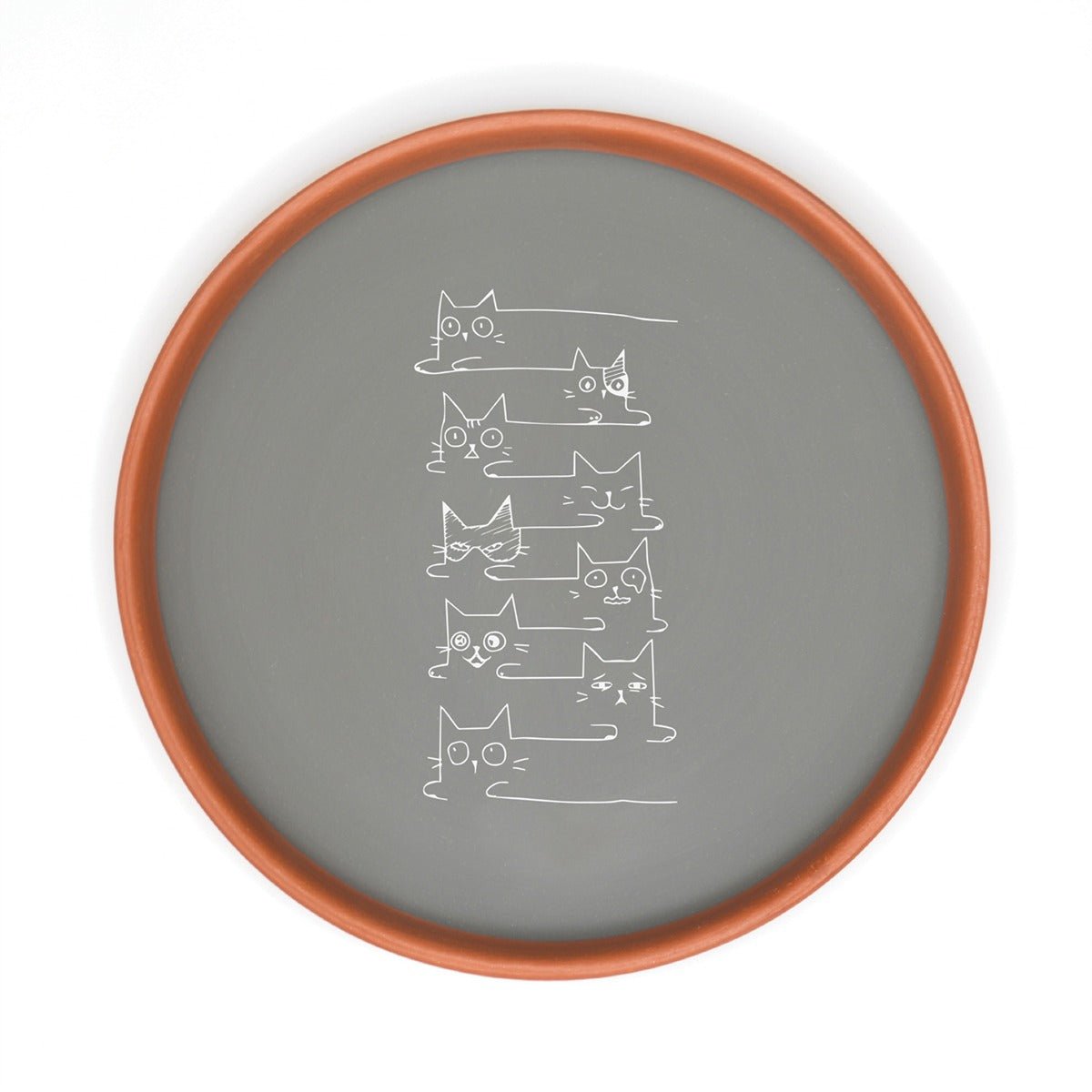
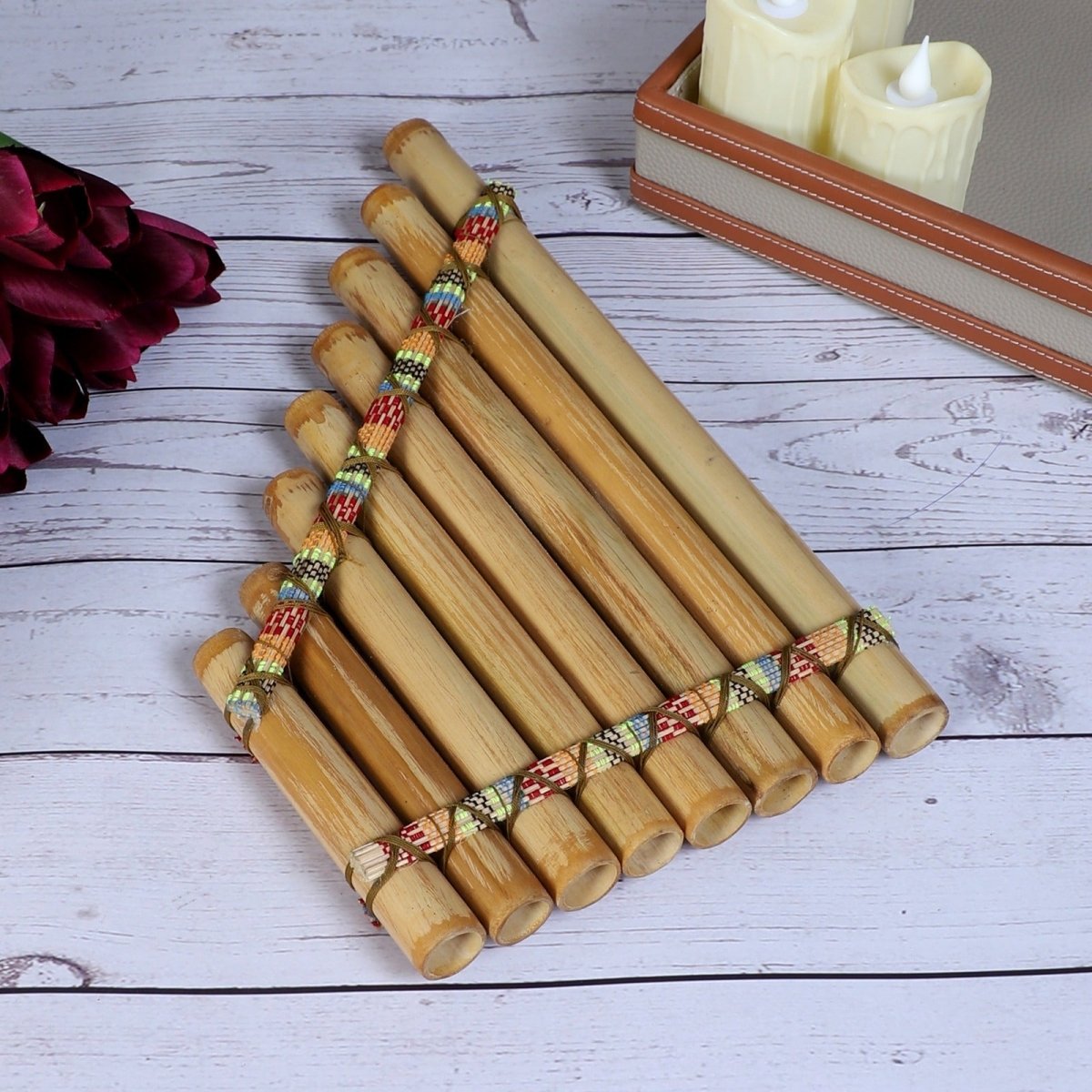

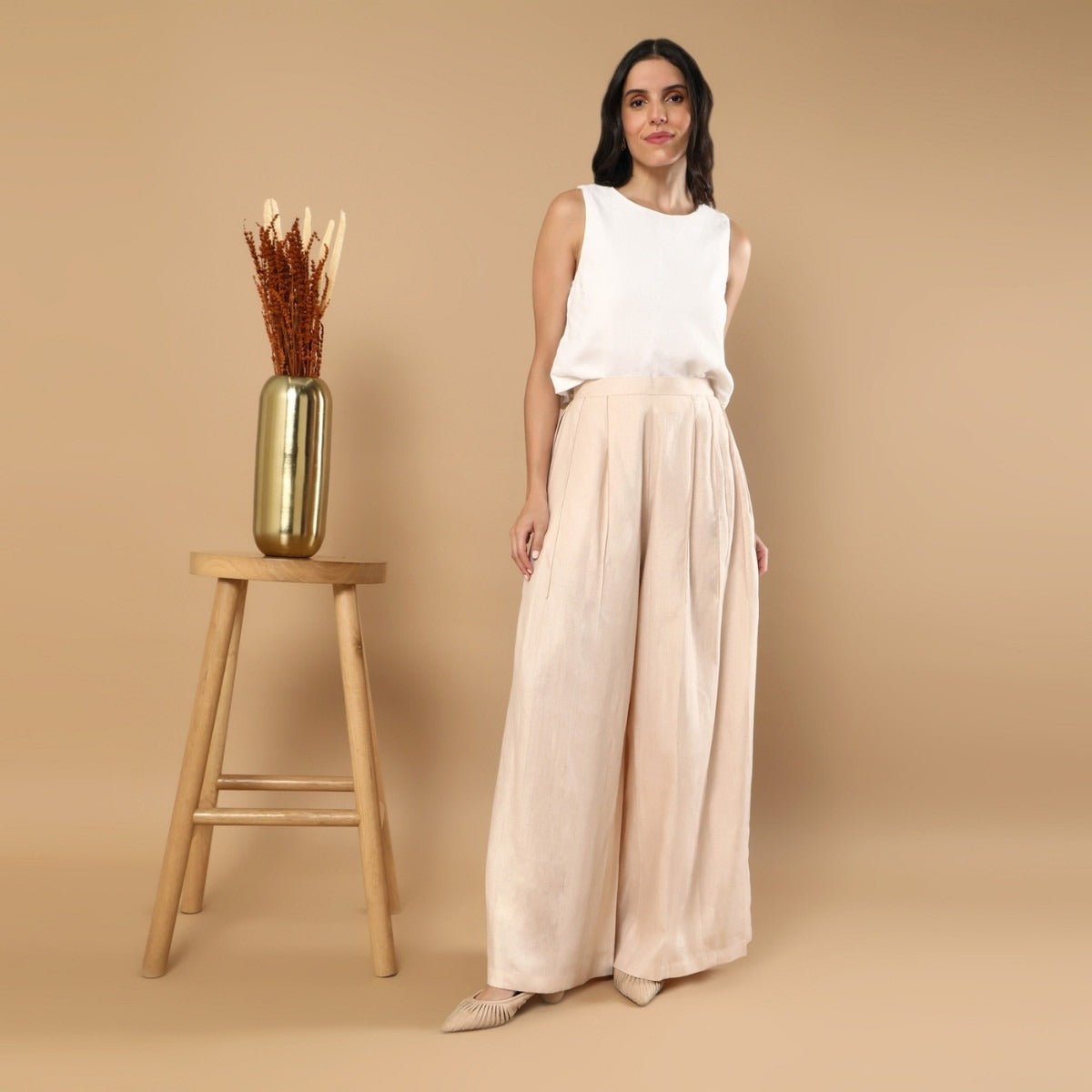
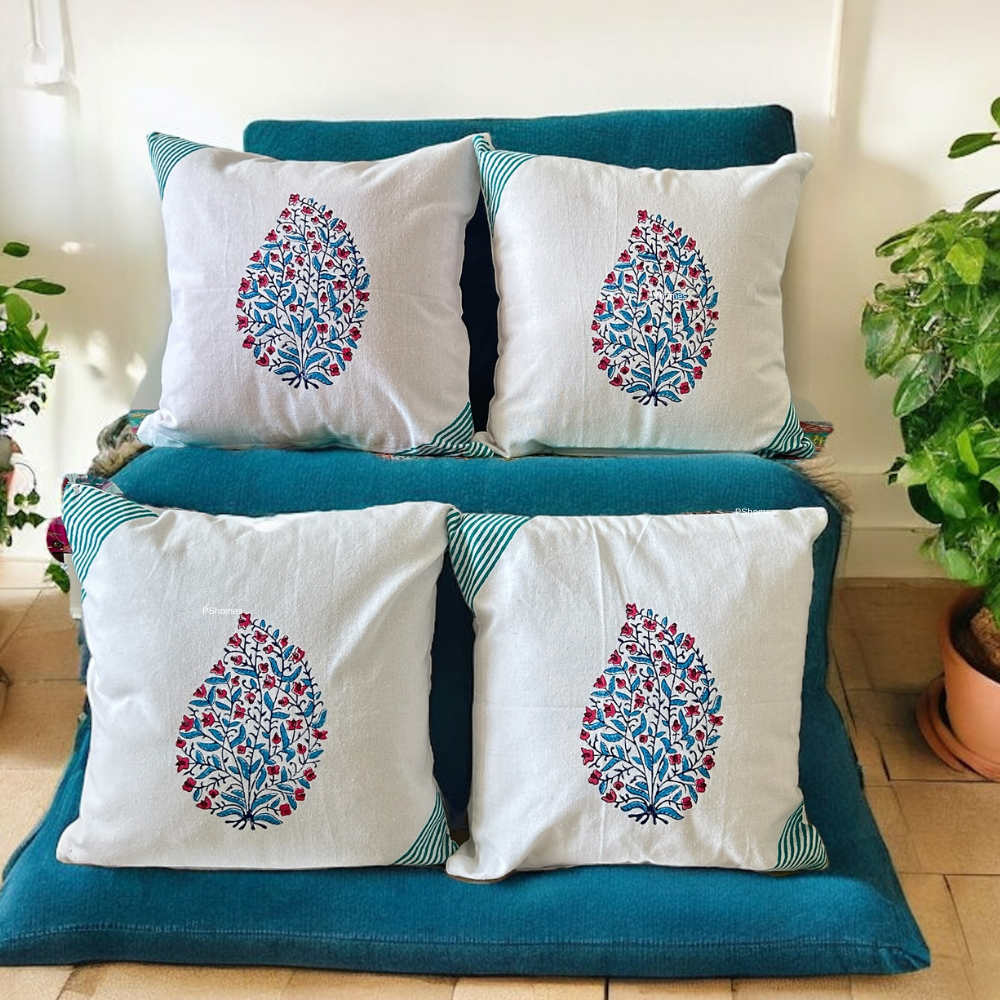

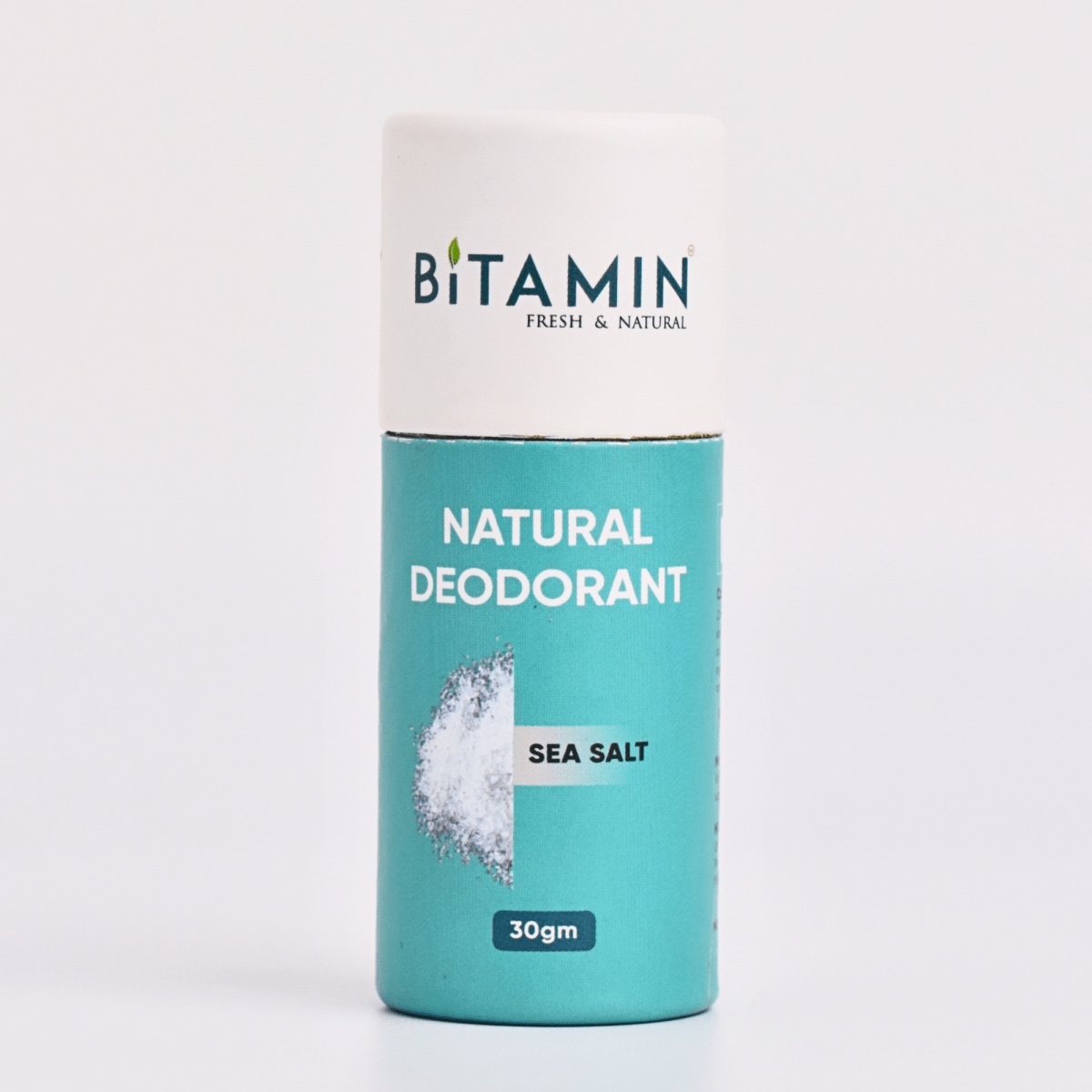


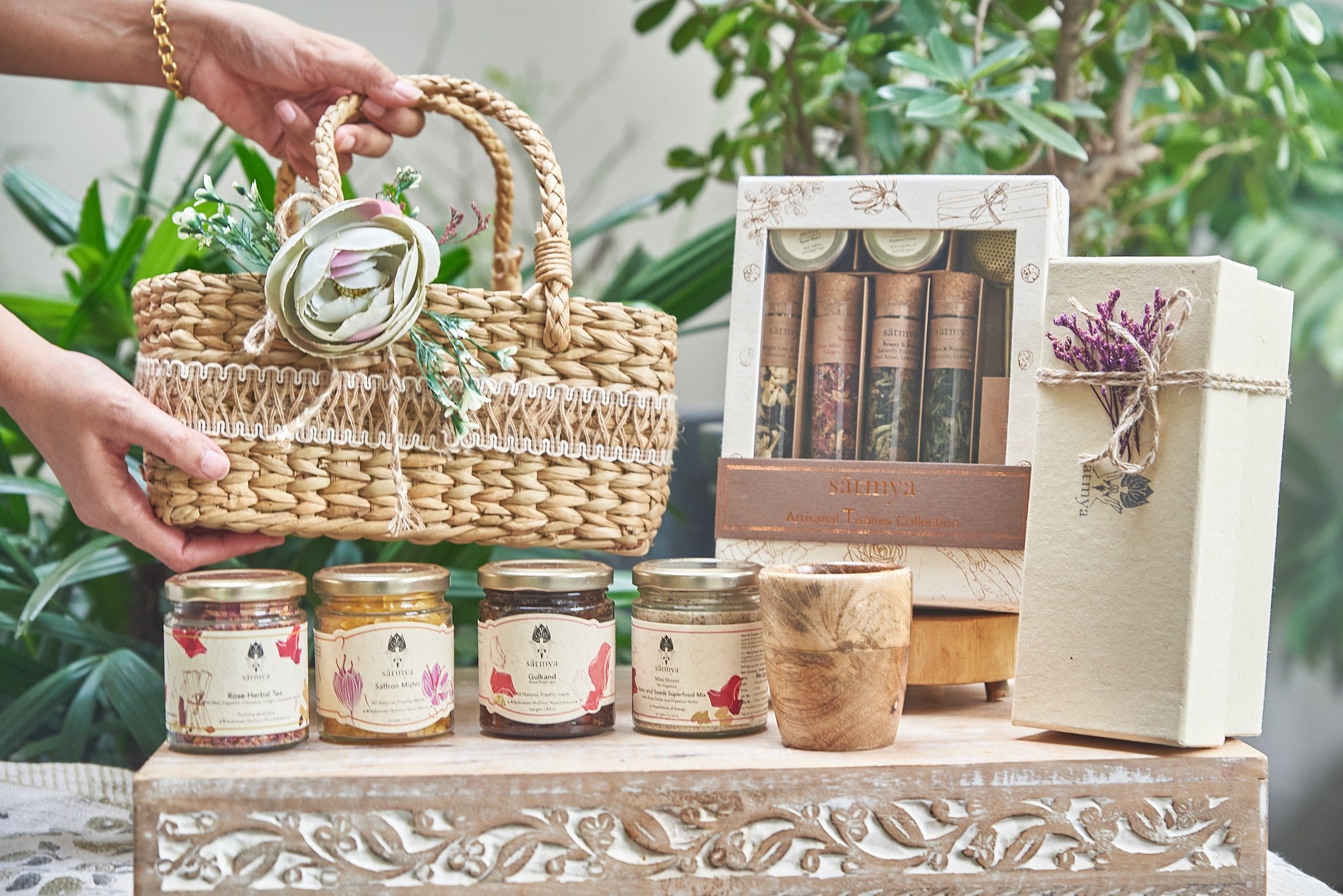
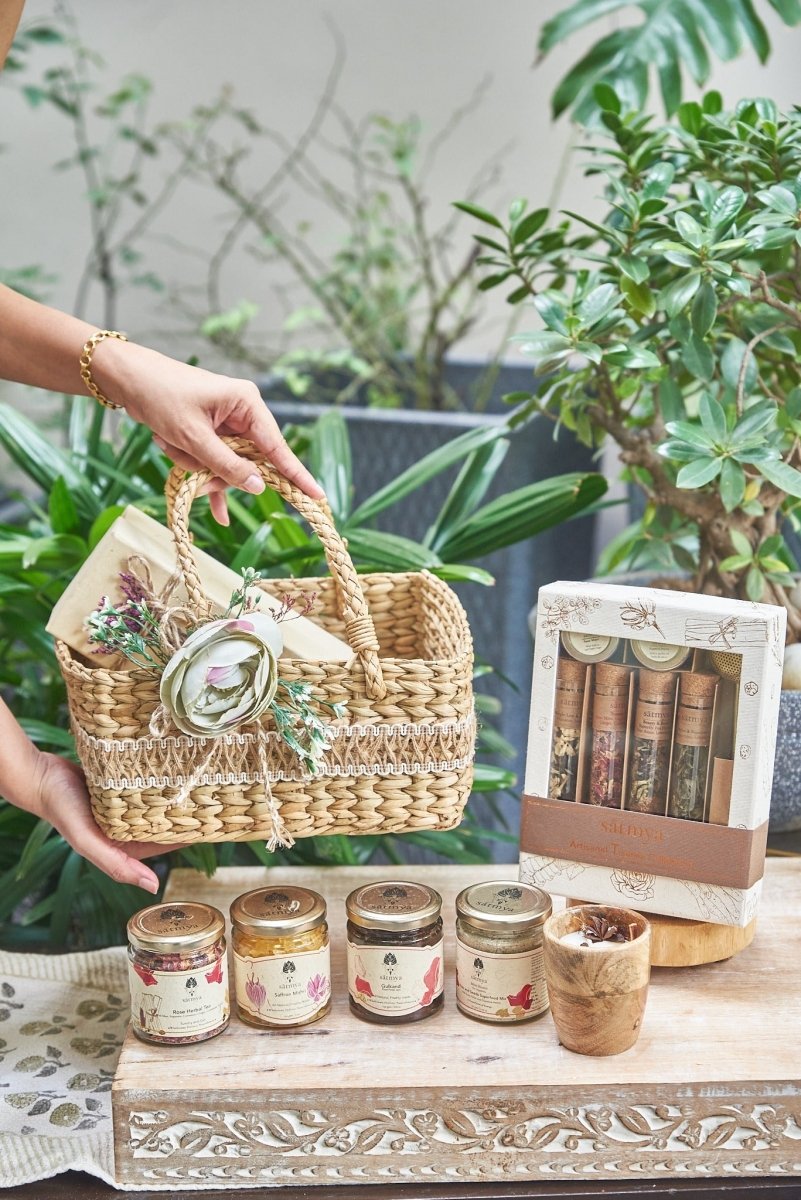
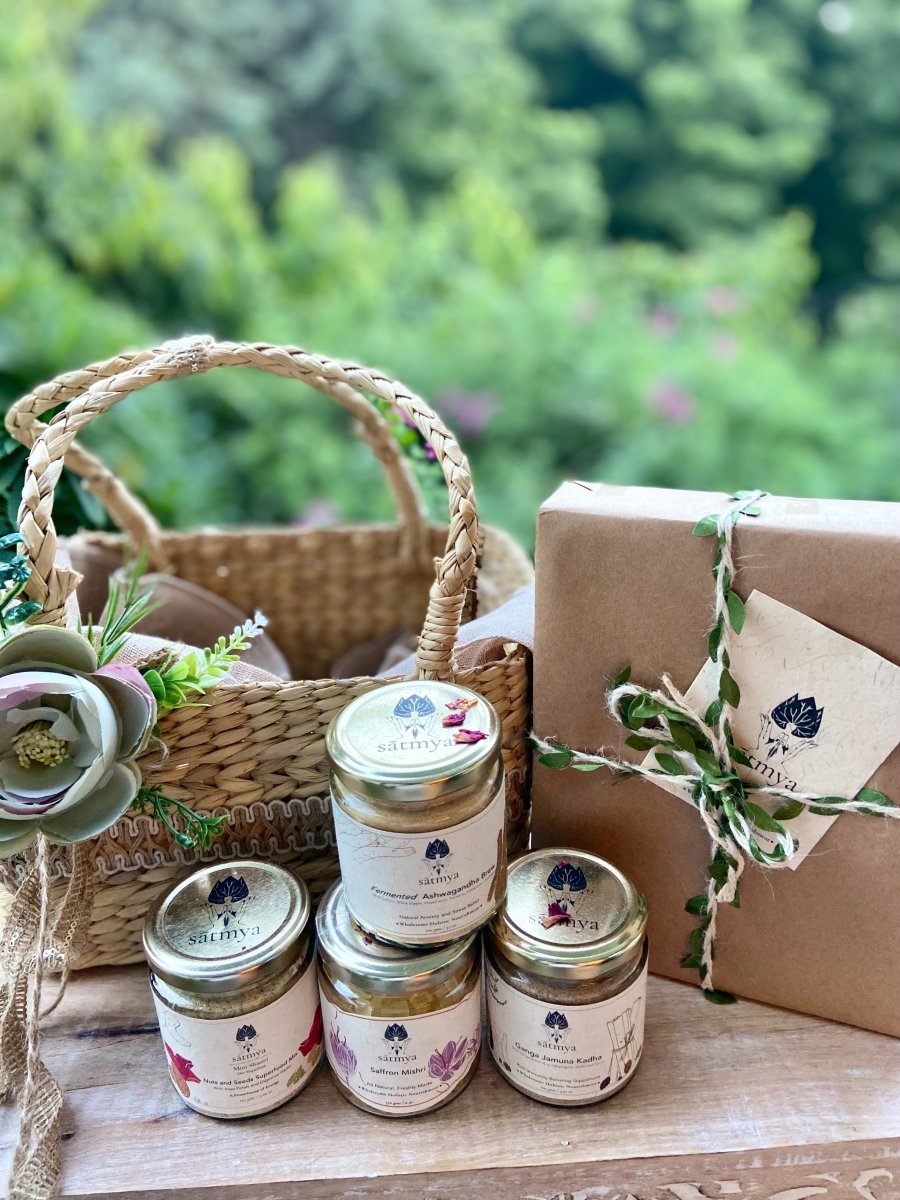


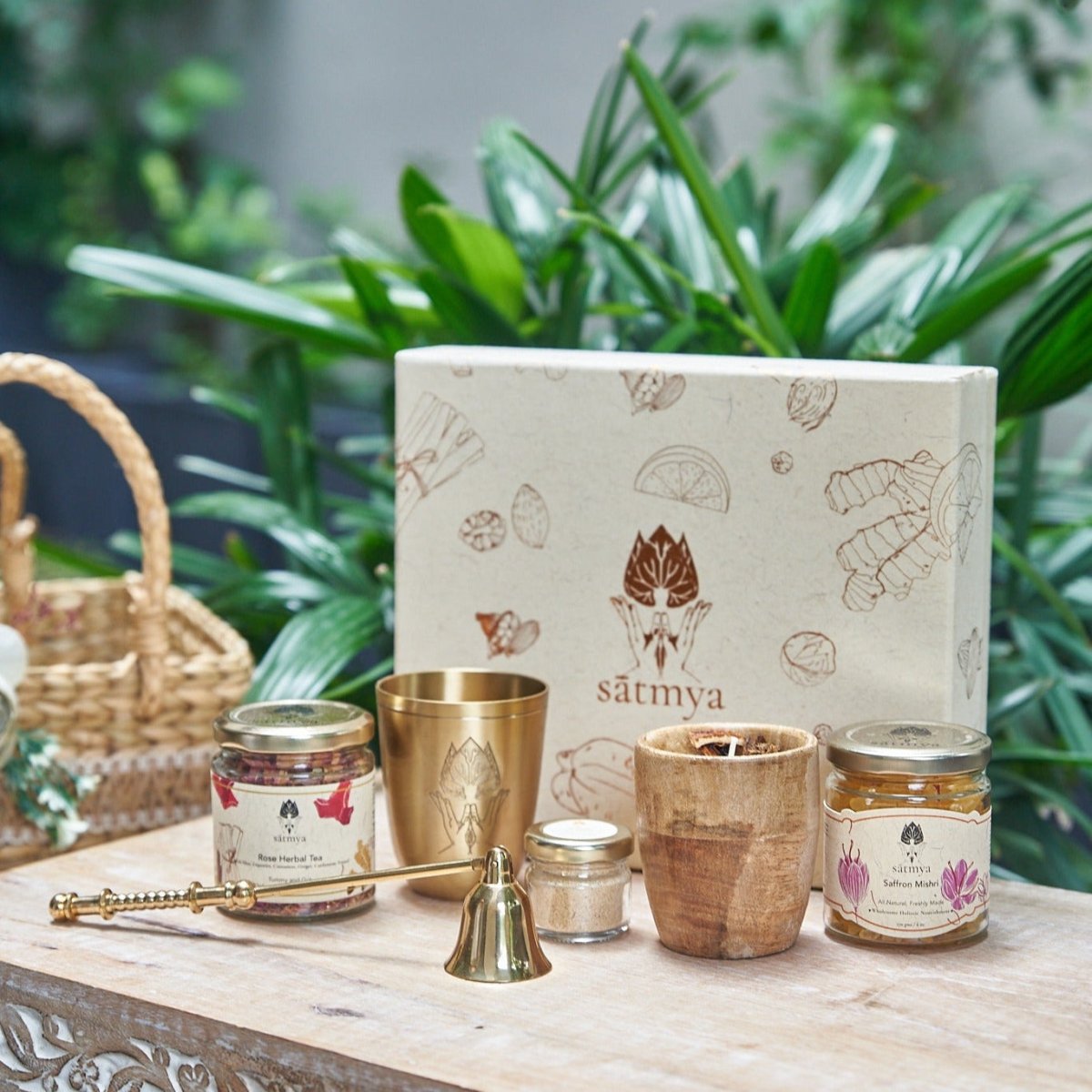
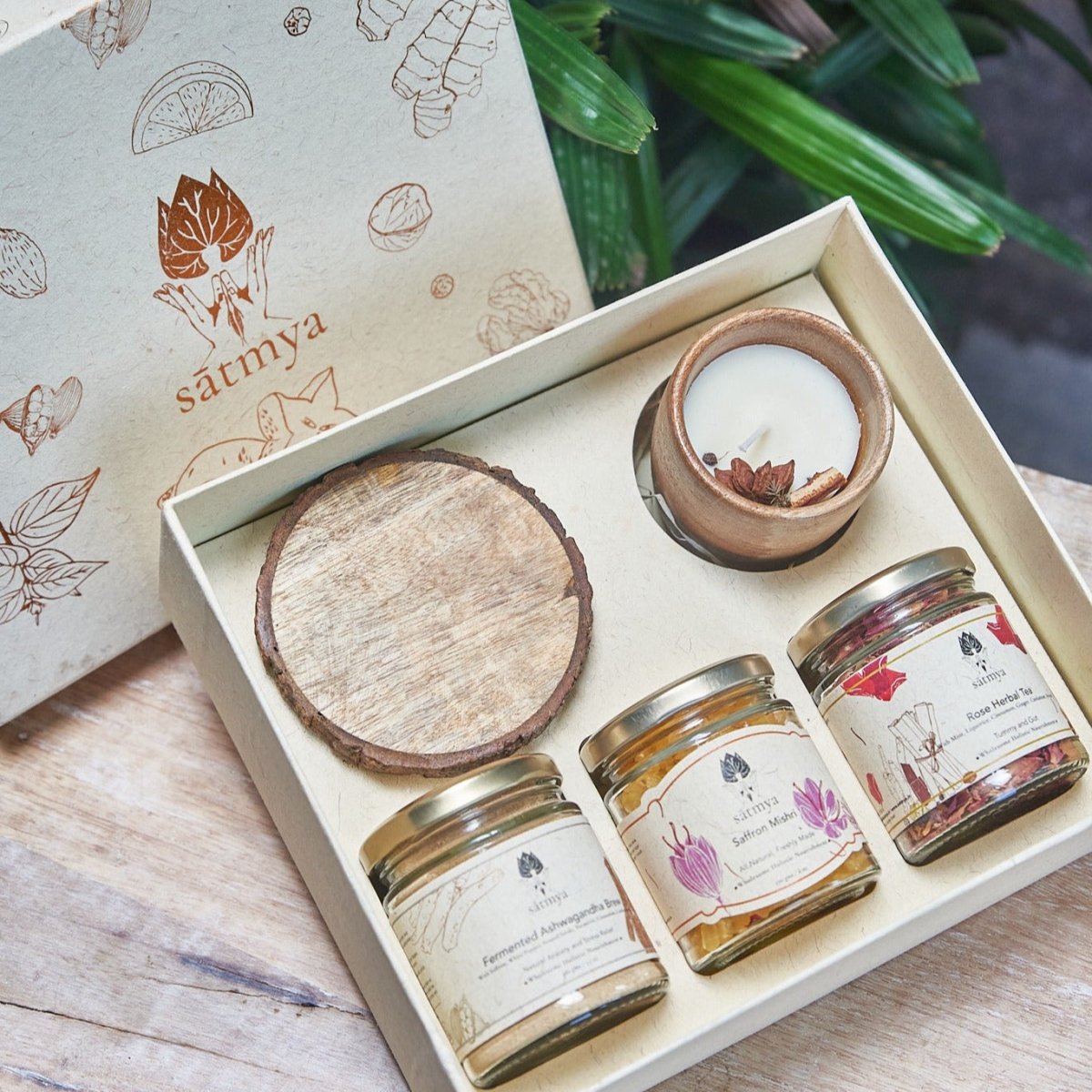

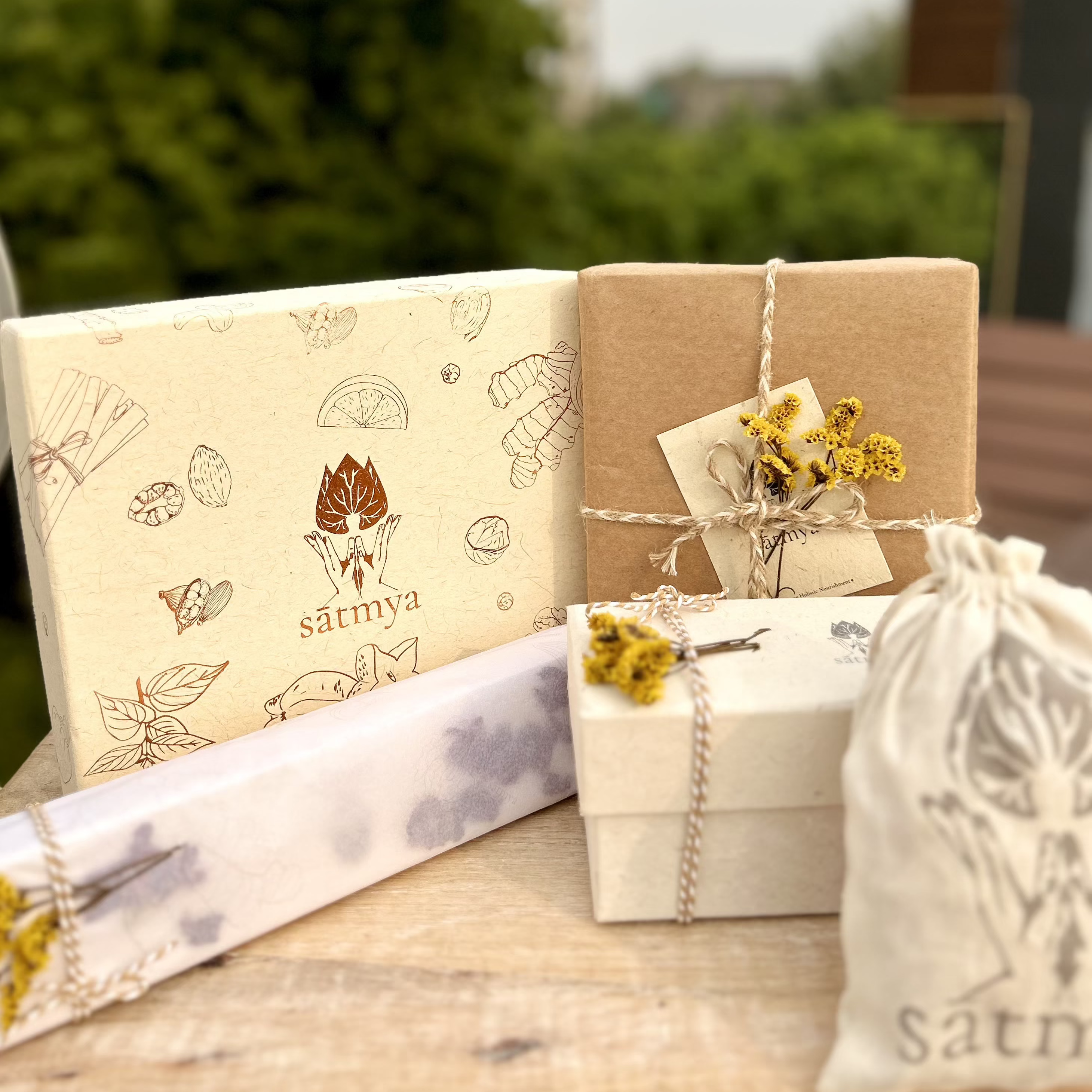





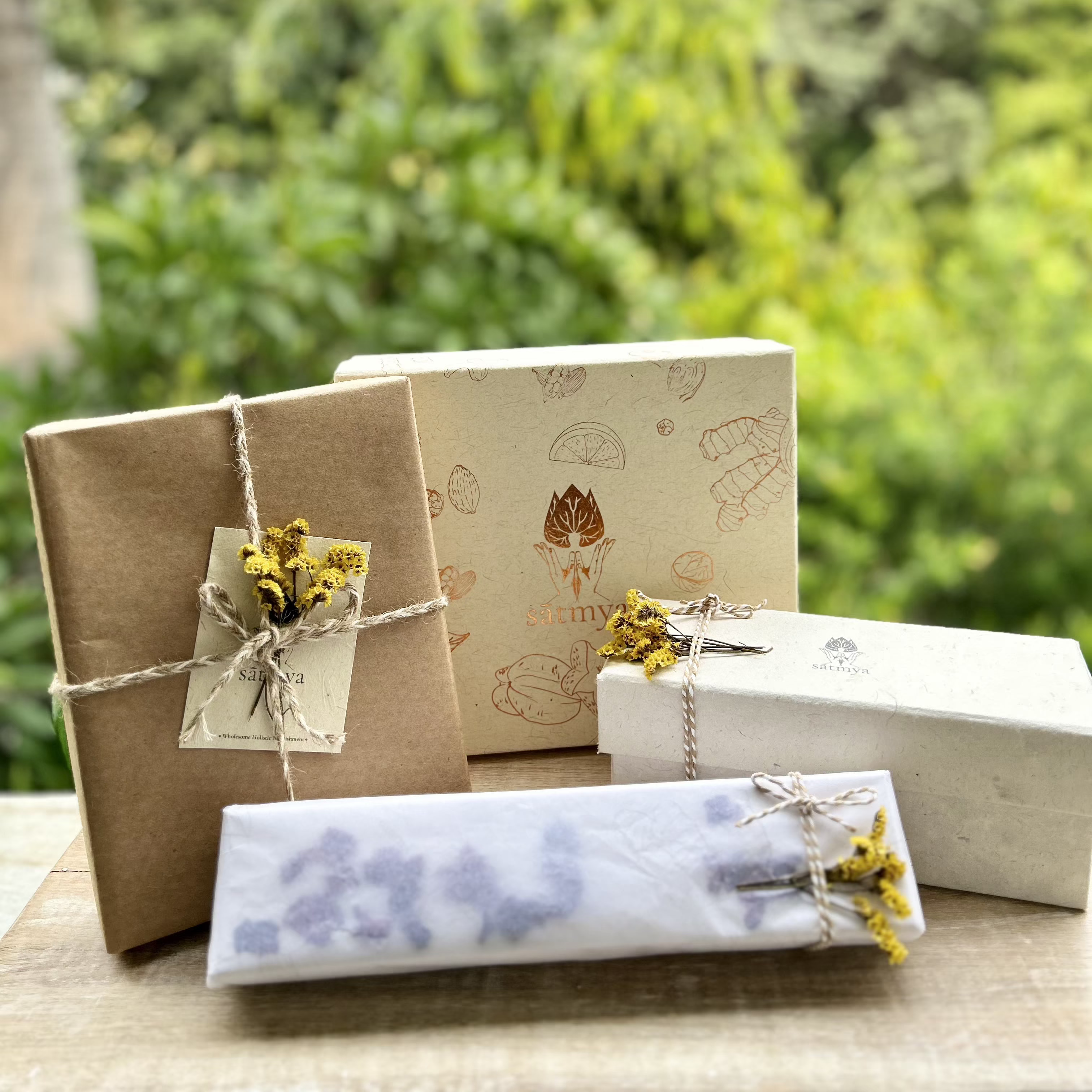
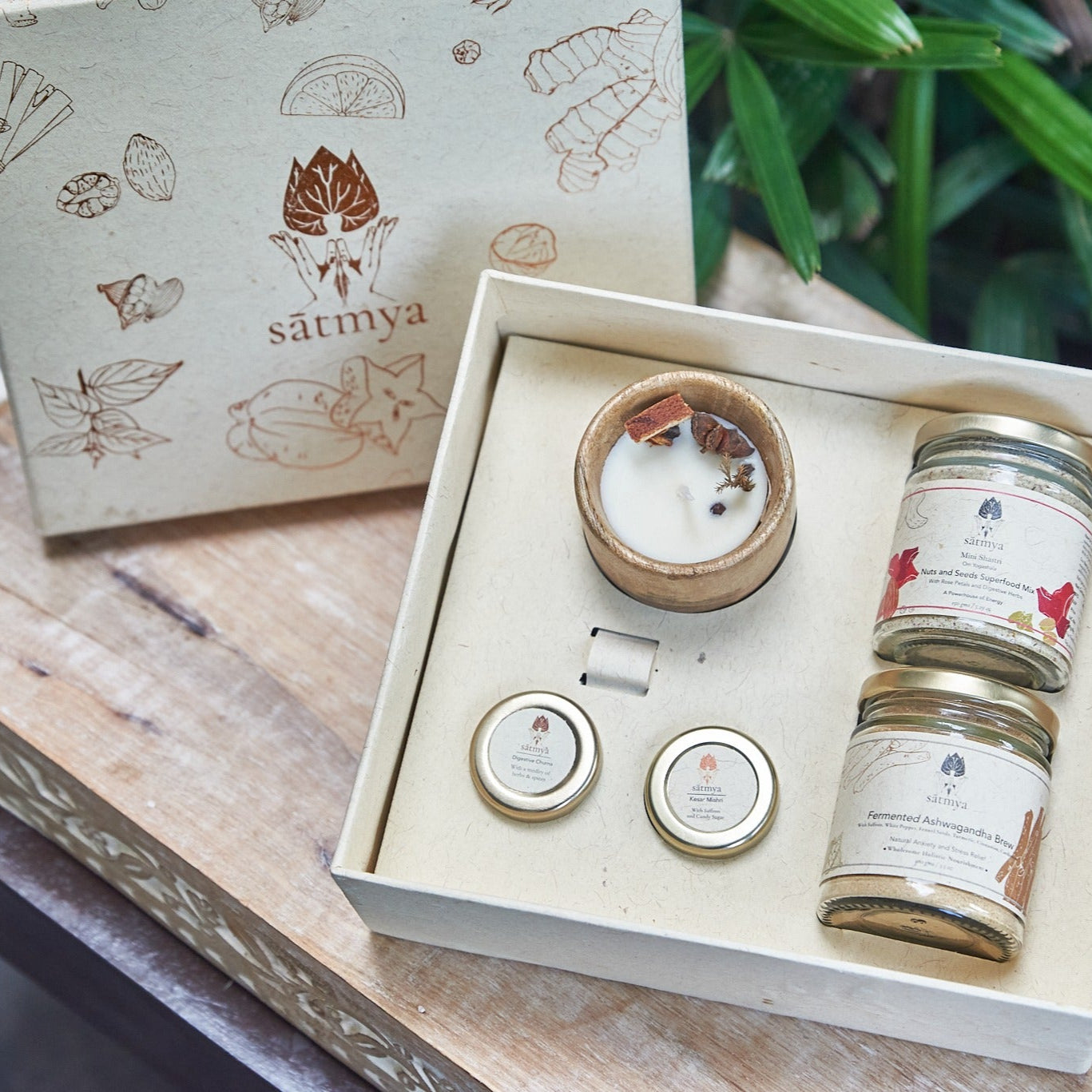
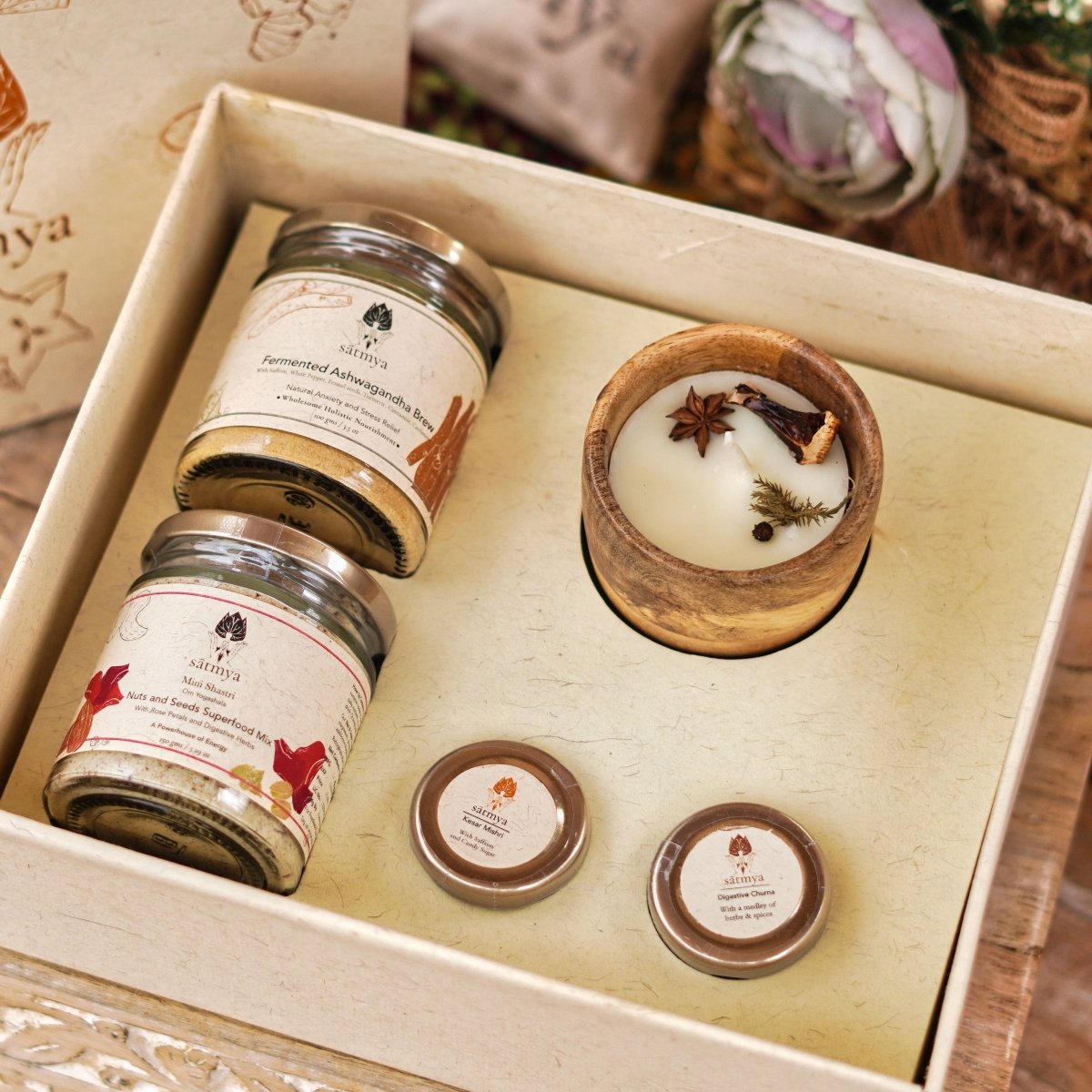

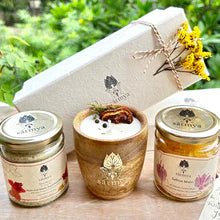
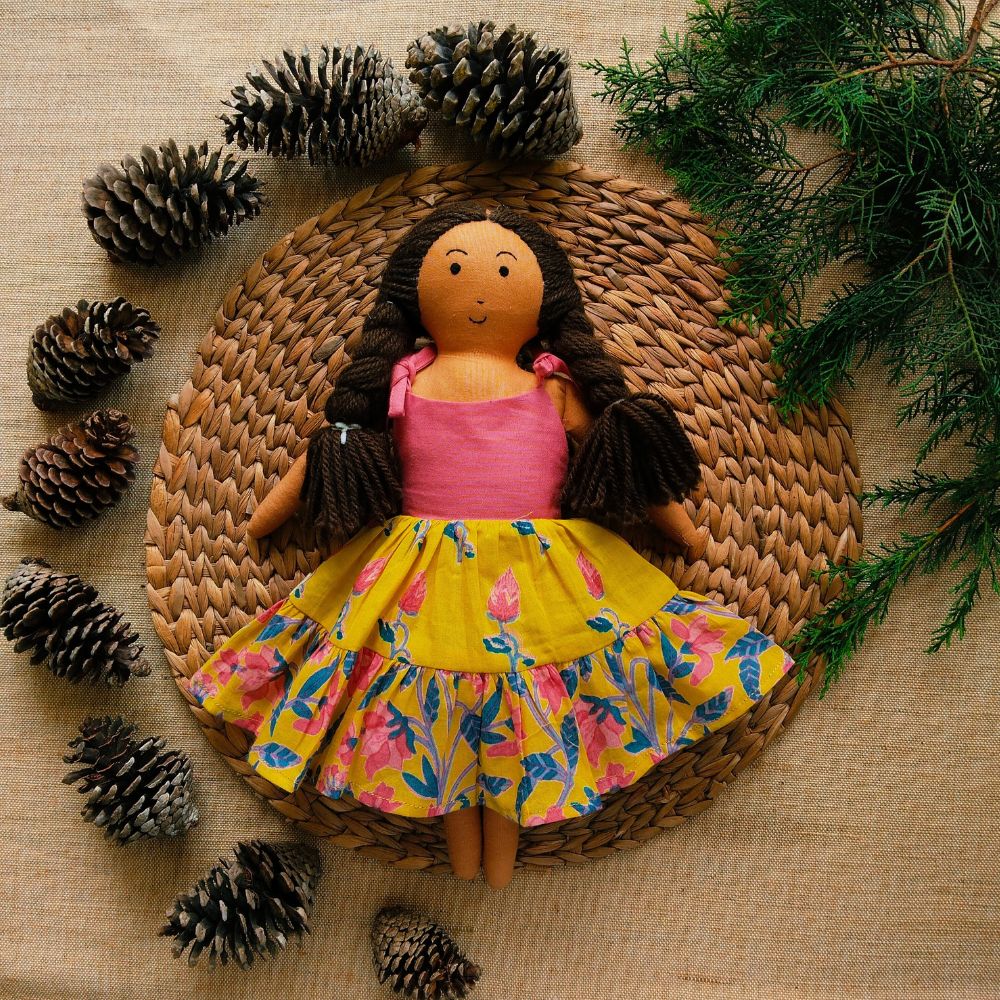
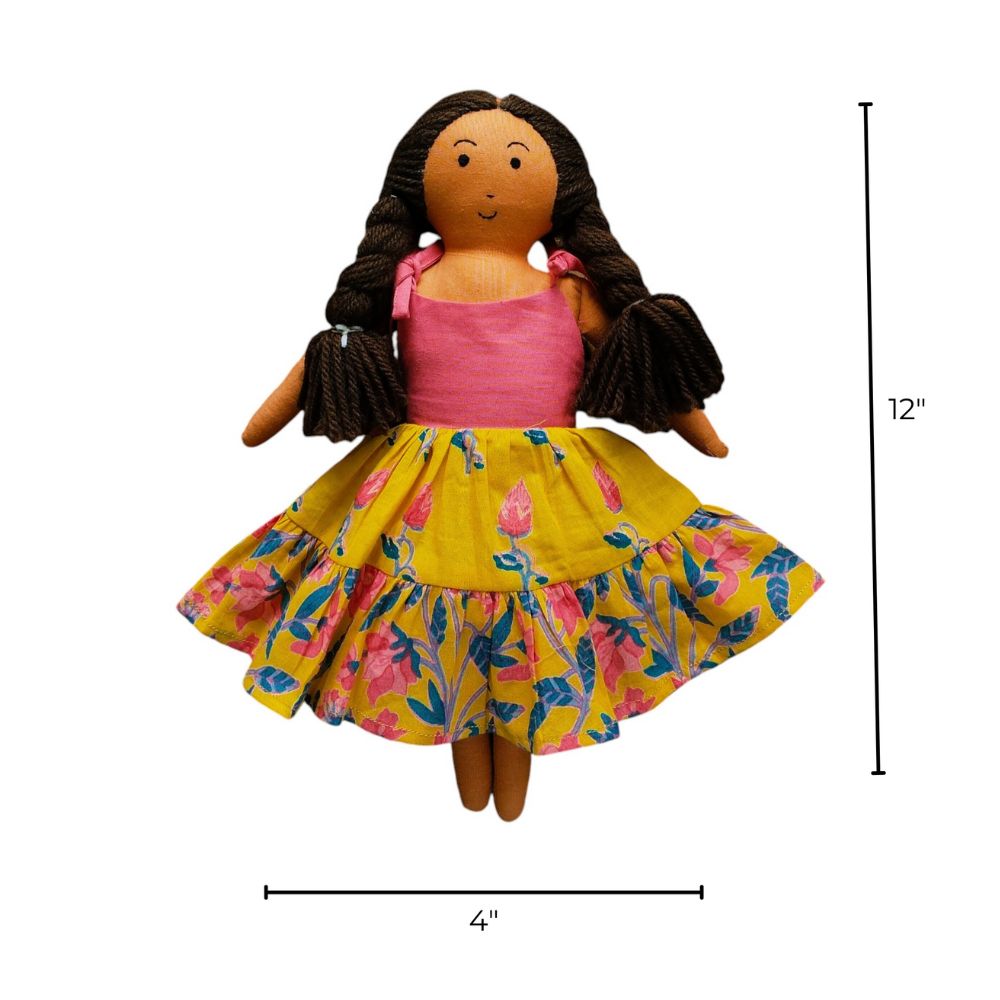




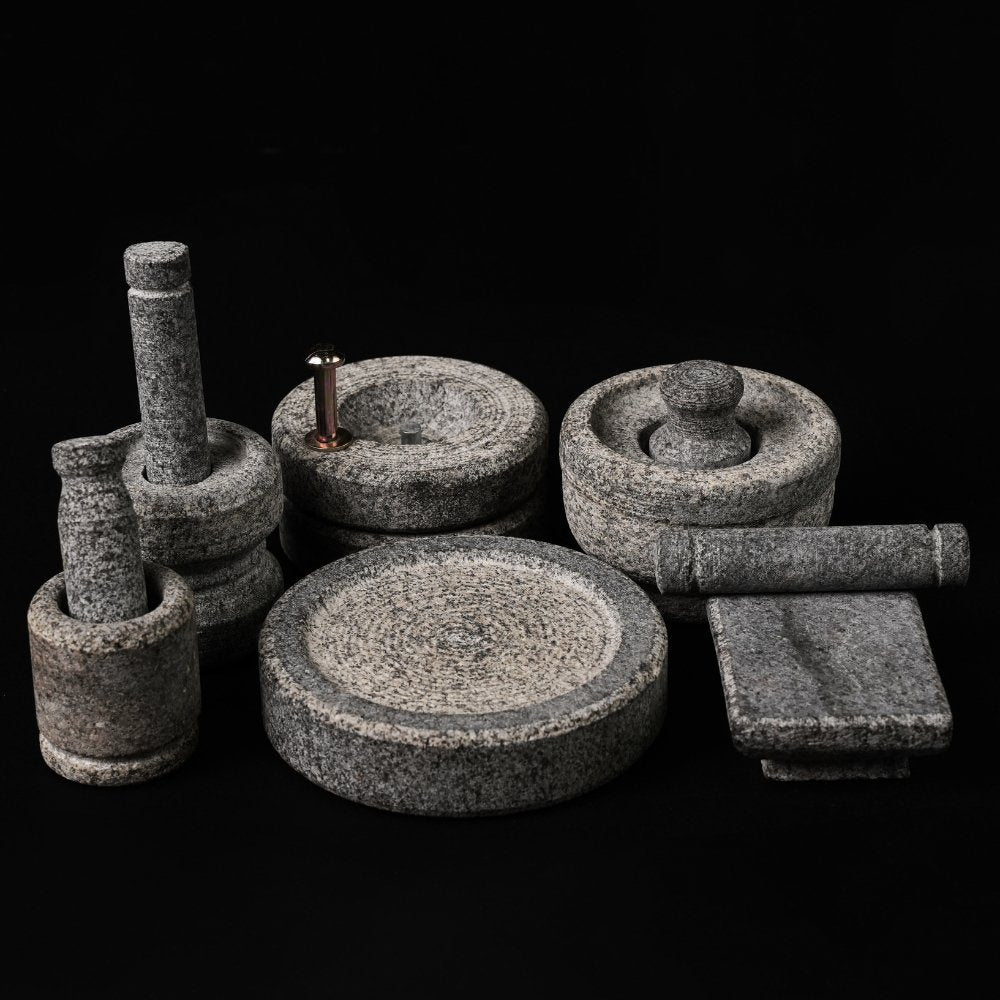





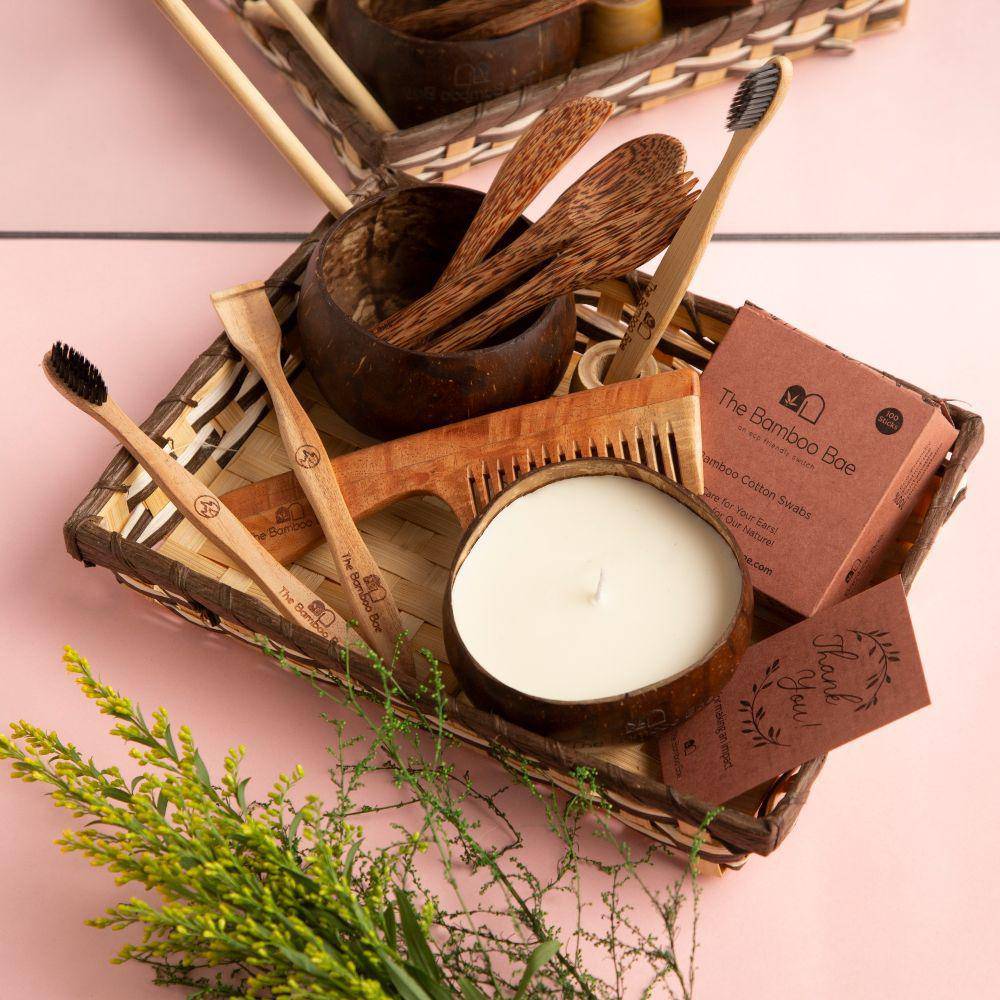

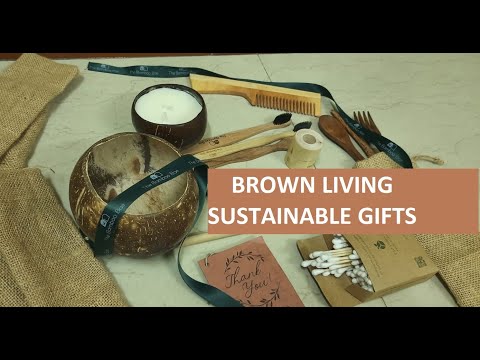

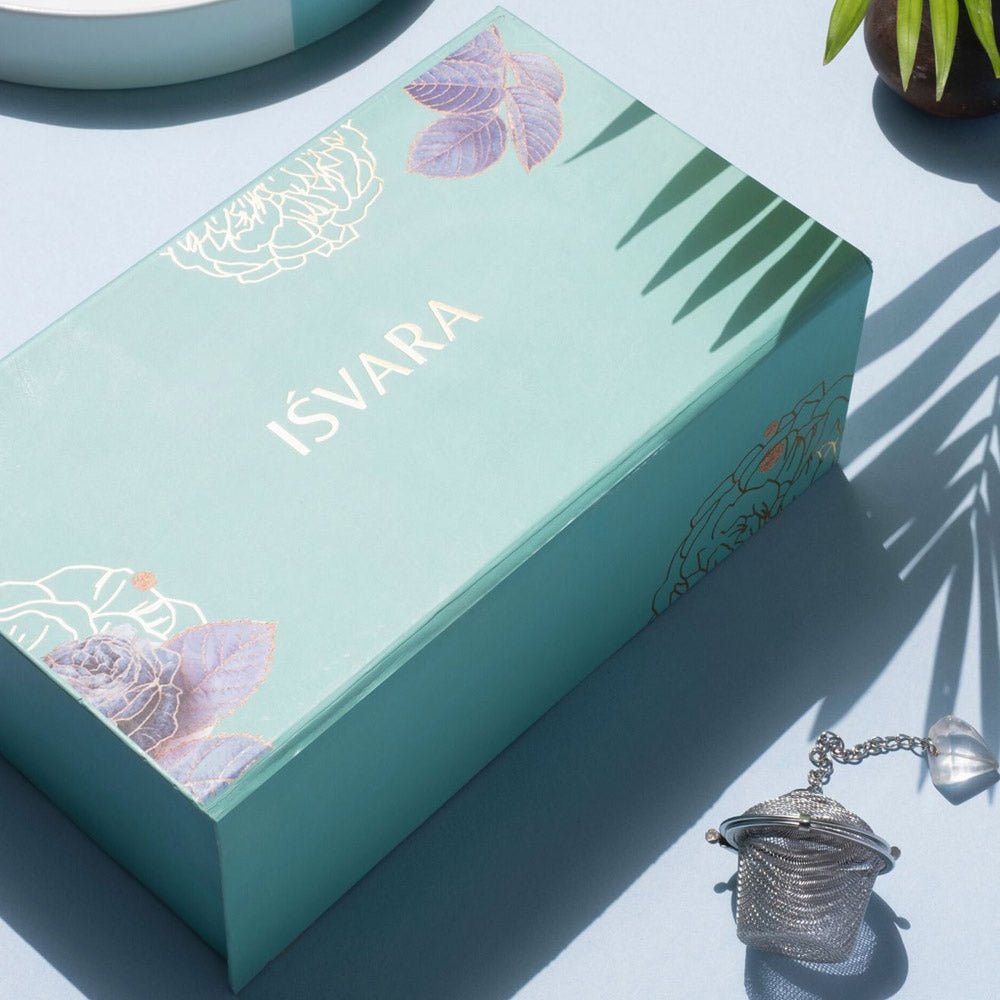

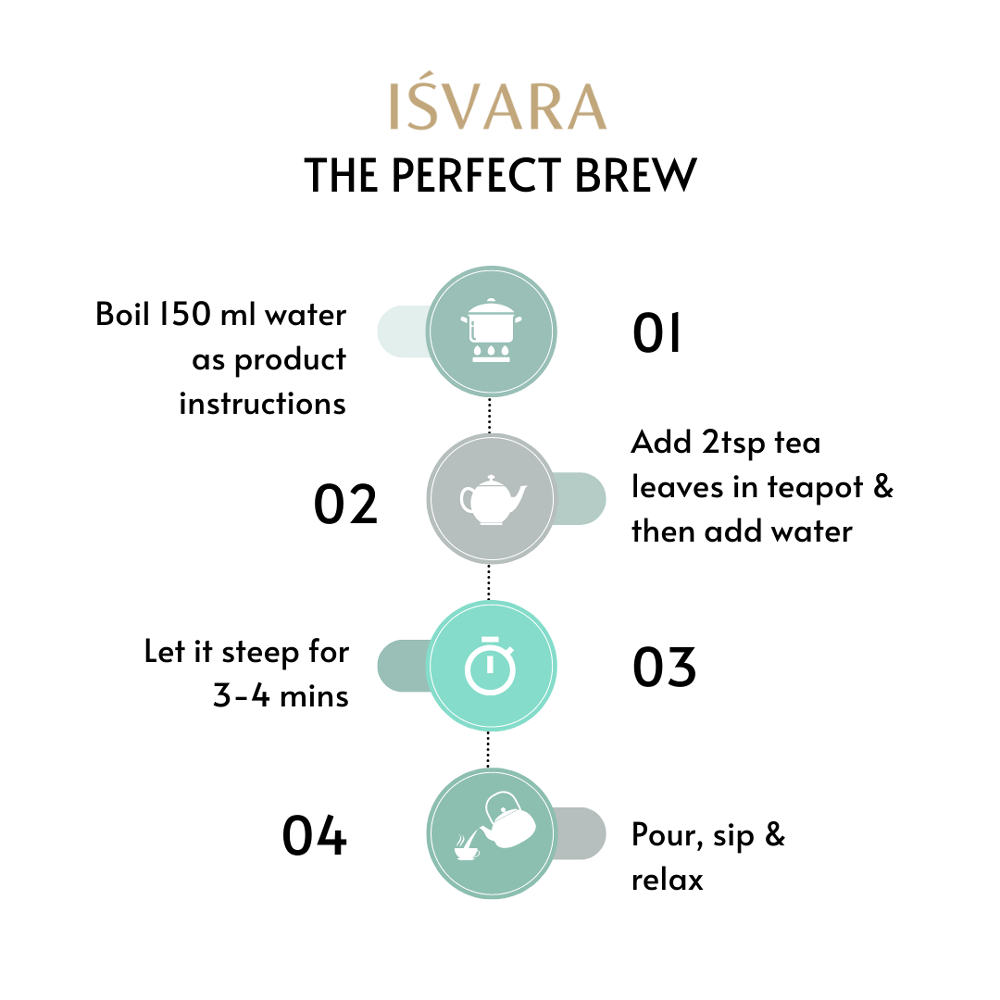
Share:
Benefits of Using Terracotta Products in Home Decor
How Sustainable Cutlery Supports Zero-Waste Lifestyles